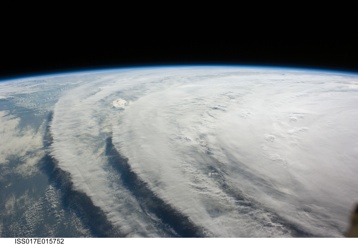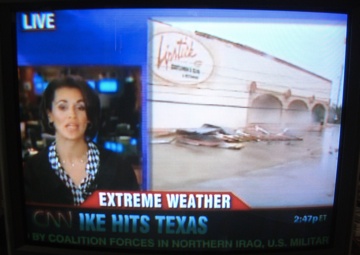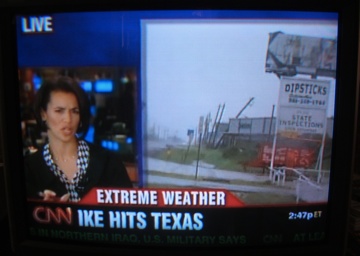With yet another close election in the offing, the media are starting to focus on undecided voters. After last night’s joint candidate appearance, BBC America talked to two young Yanks in London who said they remained undecided. Ditto on NPR this morning, which had a feature on some persistent undecideds in New Mexico. How it’s possible to remain undecided, I don’t know; if you’ve been paying attention even occasionally you know more about the candidates than you do about most members of your own family.
The fact is, though, that the “debates,” as we persist in calling them, aren’t about changing minds. They’re about playing things safe, sticking to scripts, and hoping that the other candidate will be struck dumb or collapse into a heap a la “there is no Soviet domination of Eastern Europe.” OK, sure, there’s more to it: The hopefuls want to look good, too. The consensus among brilliant political minds is that the debates are about avoiding changing people’s minds in a negative way–about not doing anything that would turn an undecided against you. That way, you keep them in play. Then nature takes its course. You get as many of those votes on election day as you lose, and plenty of the people who can’t make up their minds never do and join the one-third of the eligible electorate that never votes at all. Who’s to argue with the work of smart and richly compensated strategists?
Leave it to the rest of us, exposed to the realities of an economy, a government, and political system that appear to be unraveling, to show some unguarded concern about it. When I say us, I mean the host of friends and relatives who are for the first time volunteering for campaigns, sending out alarmed emails about our situation, or who like my friend Pete, up in Oregon, or Ron, in Texas, or “blog friends” Marie, in Illinois, and Rob, in Louisiana, are provoking discussions about the race. Or former TV colleague Steve, who posted a link recently to perhaps the most clear-sighted rant all year on what’s wrong with the election and the electorate.
Somehow, I feel like I’m getting a more focused sense of what this campaign is about and should be about from the people I know than from the candidate I support. Somehow, I wish my candidate would drop the script for just a few minutes and let me know he gets the depth of concern–hell, despair–that so many people are feeling out here. I don’t expect him to, though, and certainly not during the next “debate.”



